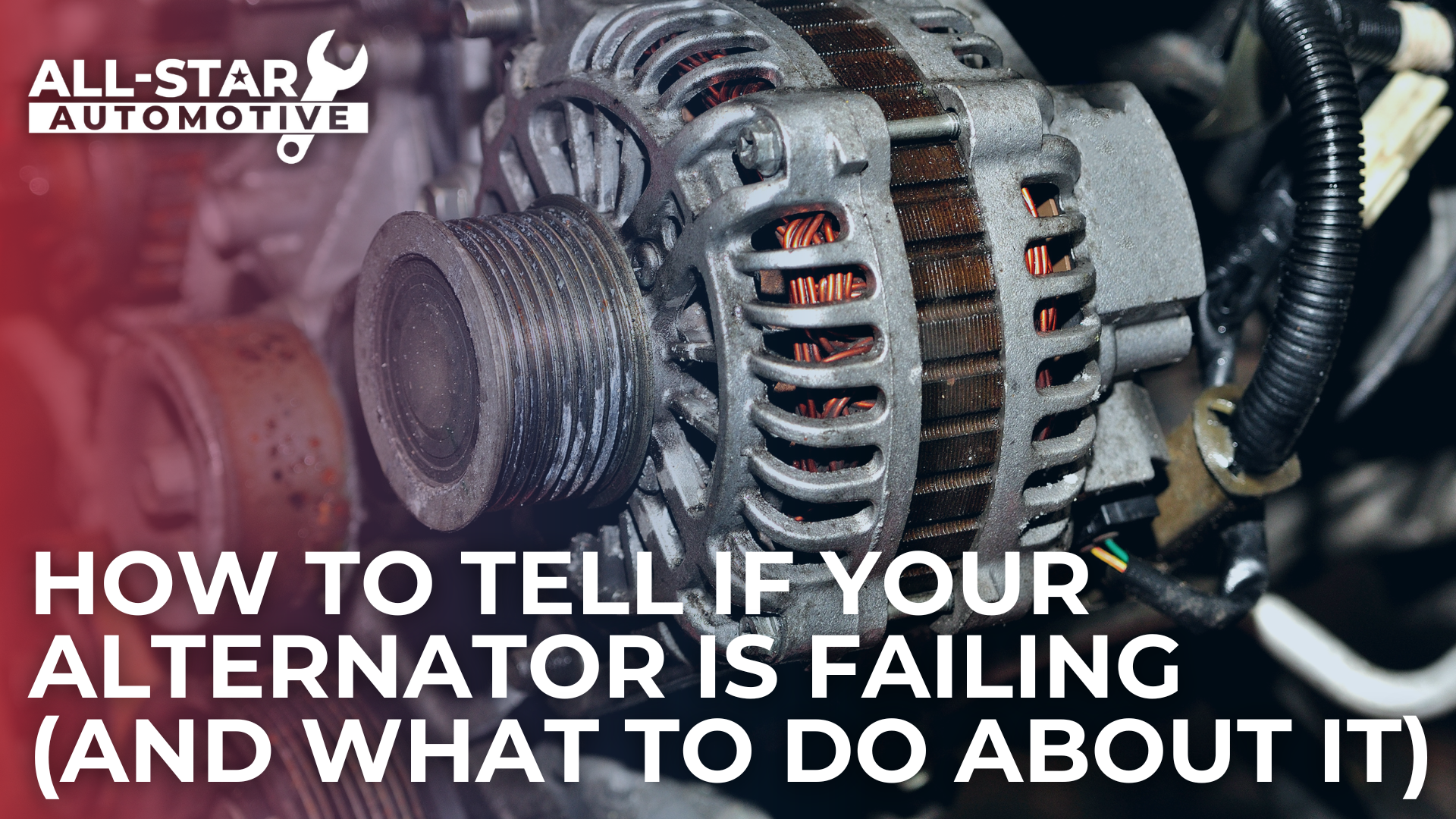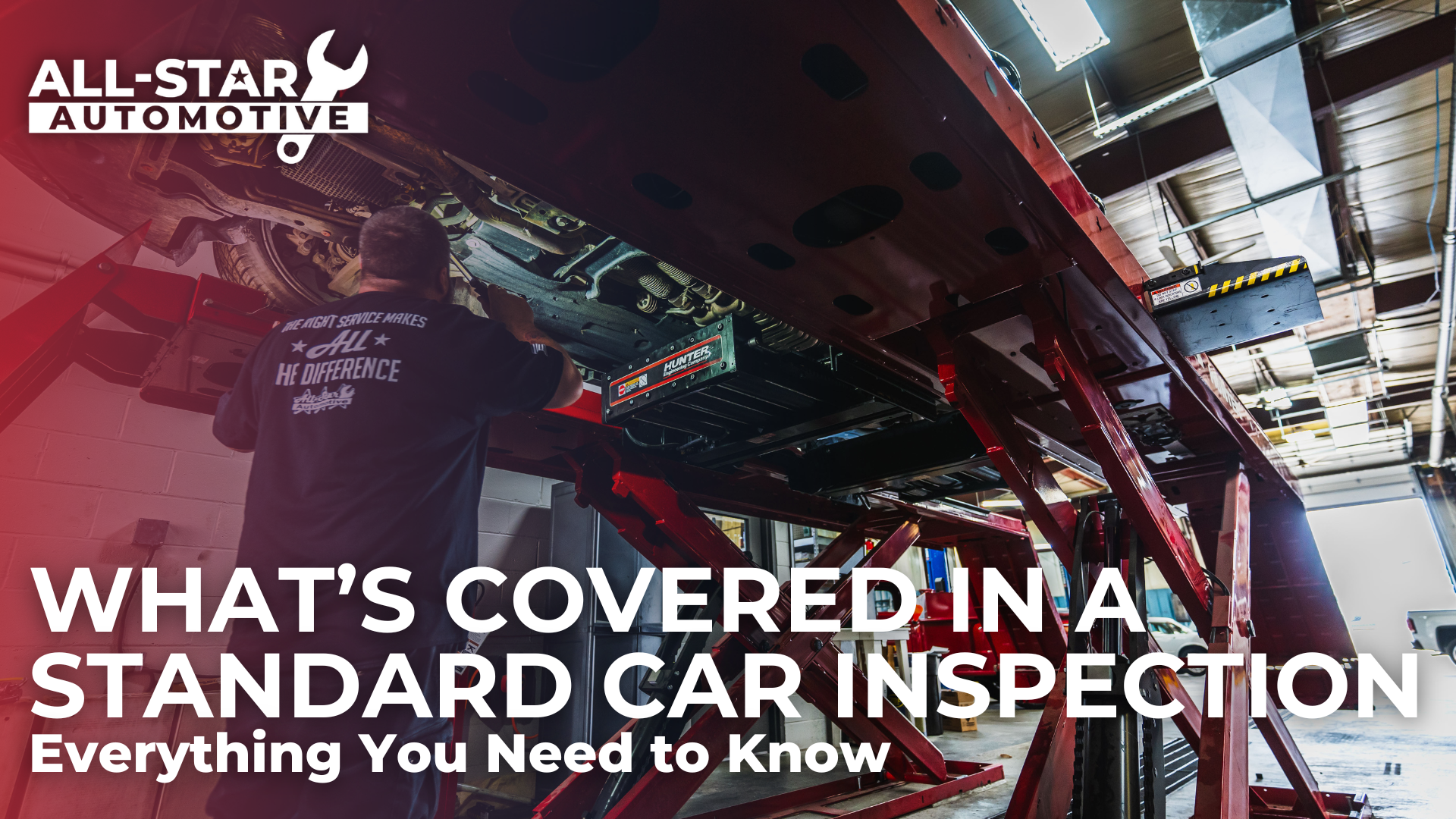Understanding Your Car’s Warning Lights: What They Mean and What to Do
Modern vehicles are equipped with a range of warning lights on the dashboard, designed to alert drivers to various issues that need attention. While some lights indicate minor problems, others signal urgent issues that require immediate action. Understanding what these warning lights mean and knowing what to do can save you from costly repairs and ensure your safety on the road. Here’s a guide to help you navigate your car’s warning lights.
1. Check Engine Light
The check engine light is one of the most common and potentially alarming warnings. It can indicate a variety of issues, from a loose gas cap to more serious engine problems.
What to Do: If the light is steady, schedule a visit to your mechanic for a diagnostic check. If it’s flashing, pull over safely and call for roadside assistance, as this may indicate a serious issue that needs immediate attention.
2. Oil Pressure Warning Light
This light looks like an old-fashioned oil can and indicates low oil pressure, which can lead to severe engine damage.
What to Do: Stop driving as soon as possible and check your oil level. If the oil level is low, add oil and see if the light goes off. If it remains on, have your vehicle towed to a mechanic.
3. Battery Charge Warning Light
Resembling a battery, this light indicates an issue with the car’s electrical system, often related to the battery or alternator.
What to Do: Turn off any unnecessary electrical accessories and head to a service center. If the car stalls and won’t start again, you may need a jump start or a new battery.
4. Brake System Warning Light
This light can either show as an exclamation mark inside a circle or the word “BRAKE.” It indicates a problem with the braking system, such as low brake fluid or an issue with the brake pads.
What to Do: Check your brake fluid level. If it’s low, top it up and see if the light goes off. If the light remains on, or if you notice any changes in braking performance, have your brakes inspected immediately.
5. Tire Pressure Monitoring System (TPMS) Light
This light looks like an exclamation point inside a horseshoe and indicates that one or more tires are under-inflated.
What to Do: Check your tire pressure with a gauge and inflate tires to the recommended levels. If the light stays on, there might be a more significant issue with the tire or the monitoring system.
6. Coolant Temperature Warning Light
This light, which looks like a thermometer, signals that the engine is overheating.
What to Do: Pull over immediately and turn off the engine. Check the coolant level once the engine has cooled down. If it’s low, add coolant. If the problem persists, call for assistance as driving with an overheated engine can cause severe damage.
7. ABS Warning Light
The Anti-lock Braking System (ABS) light indicates a problem with the ABS system.
What to Do: Your regular brakes will still work, but the ABS may not. Have the system checked by a mechanic to ensure your braking system is fully operational.
8. Airbag Warning Light
This light, typically a person with a circle (airbag) in front of them, indicates a problem with one or more airbags.
What to Do: Take your vehicle to a mechanic as soon as possible. In the event of a collision, the airbags may not deploy correctly.
9. Traction Control Warning Light
This light, often depicted as a car with squiggly lines behind it, indicates an issue with the traction control system.
What to Do: If the light flashes while driving, it means the traction control system is actively working. If it stays on, have the system inspected by a mechanic.
Your car’s warning lights are crucial indicators that something needs attention. By understanding what these lights mean and knowing how to respond, you can keep your car in good condition and ensure your safety on the road. Regular maintenance and timely responses to warning lights can save you from more significant issues down the line. If you’re ever unsure about a warning light, consult your vehicle’s owner manual or visit us at All-Star for help!










